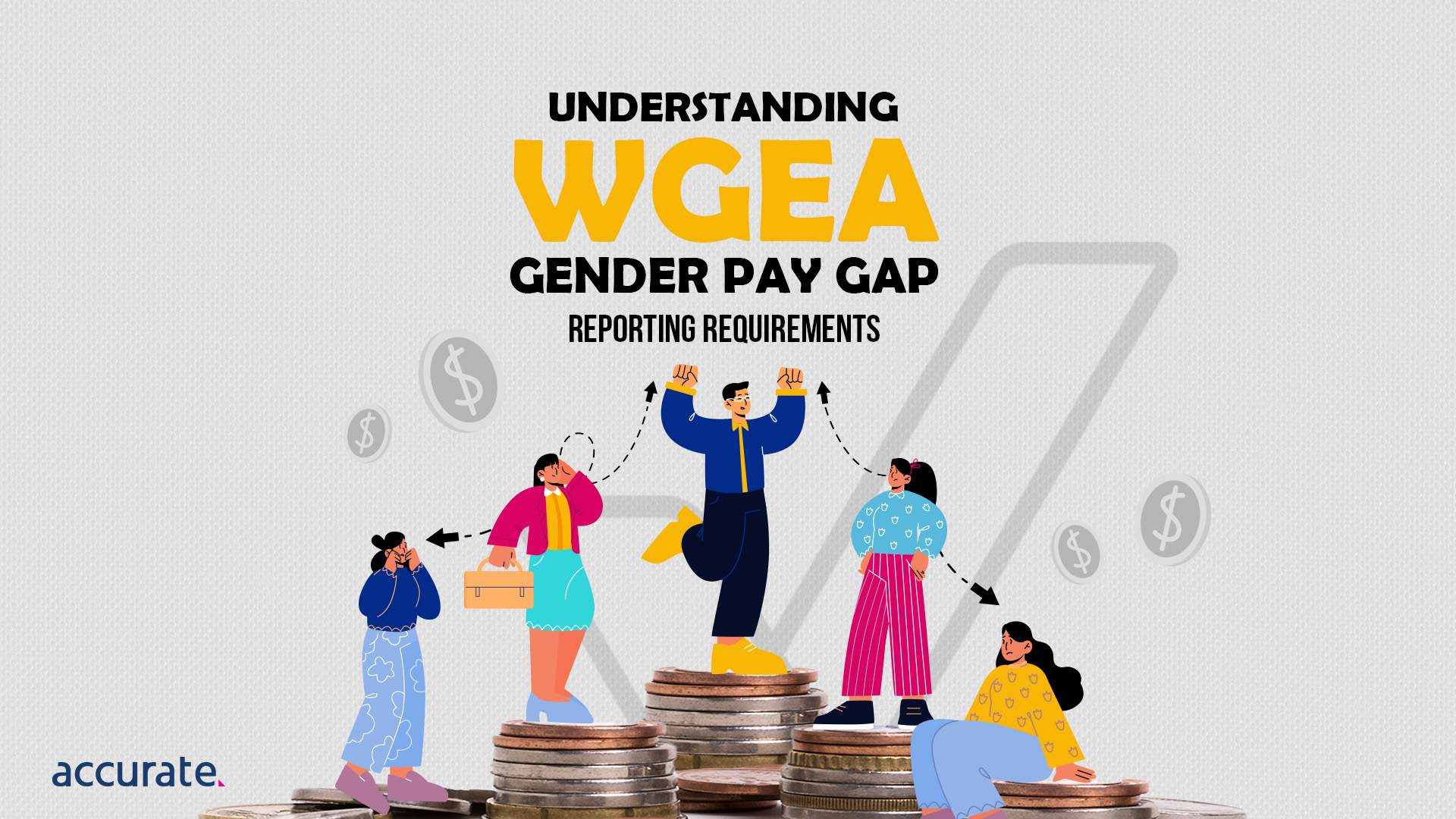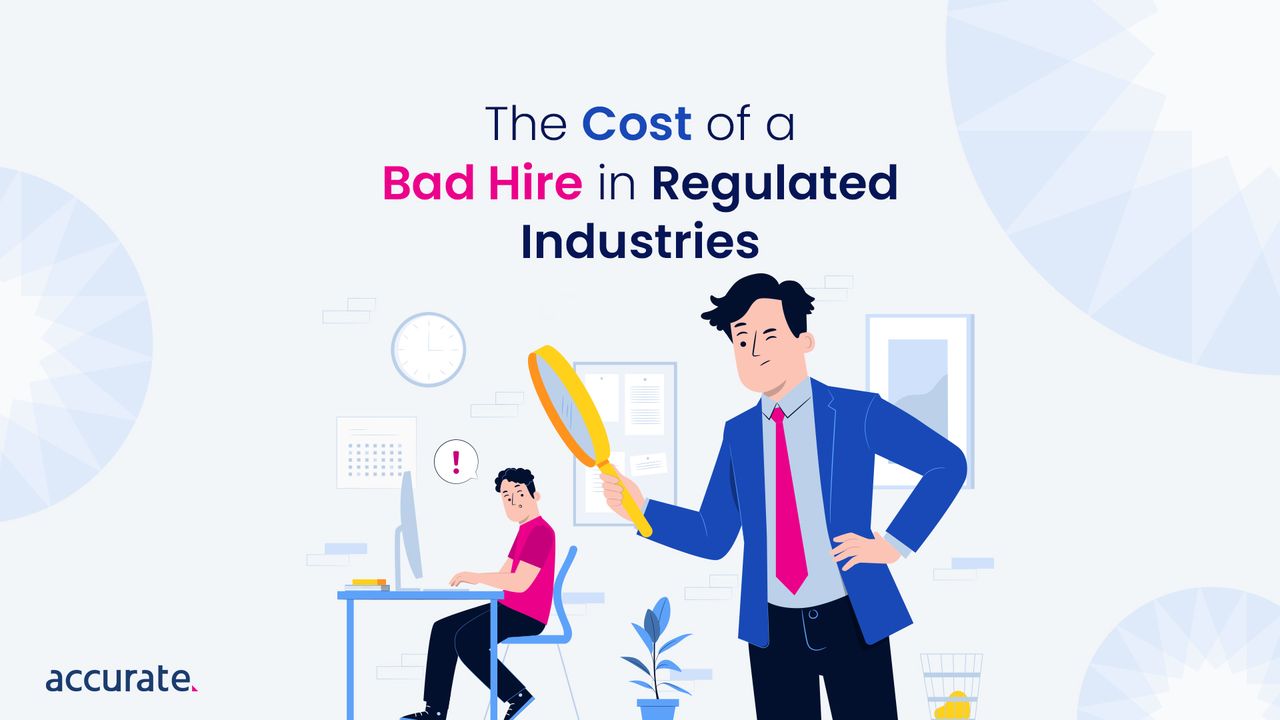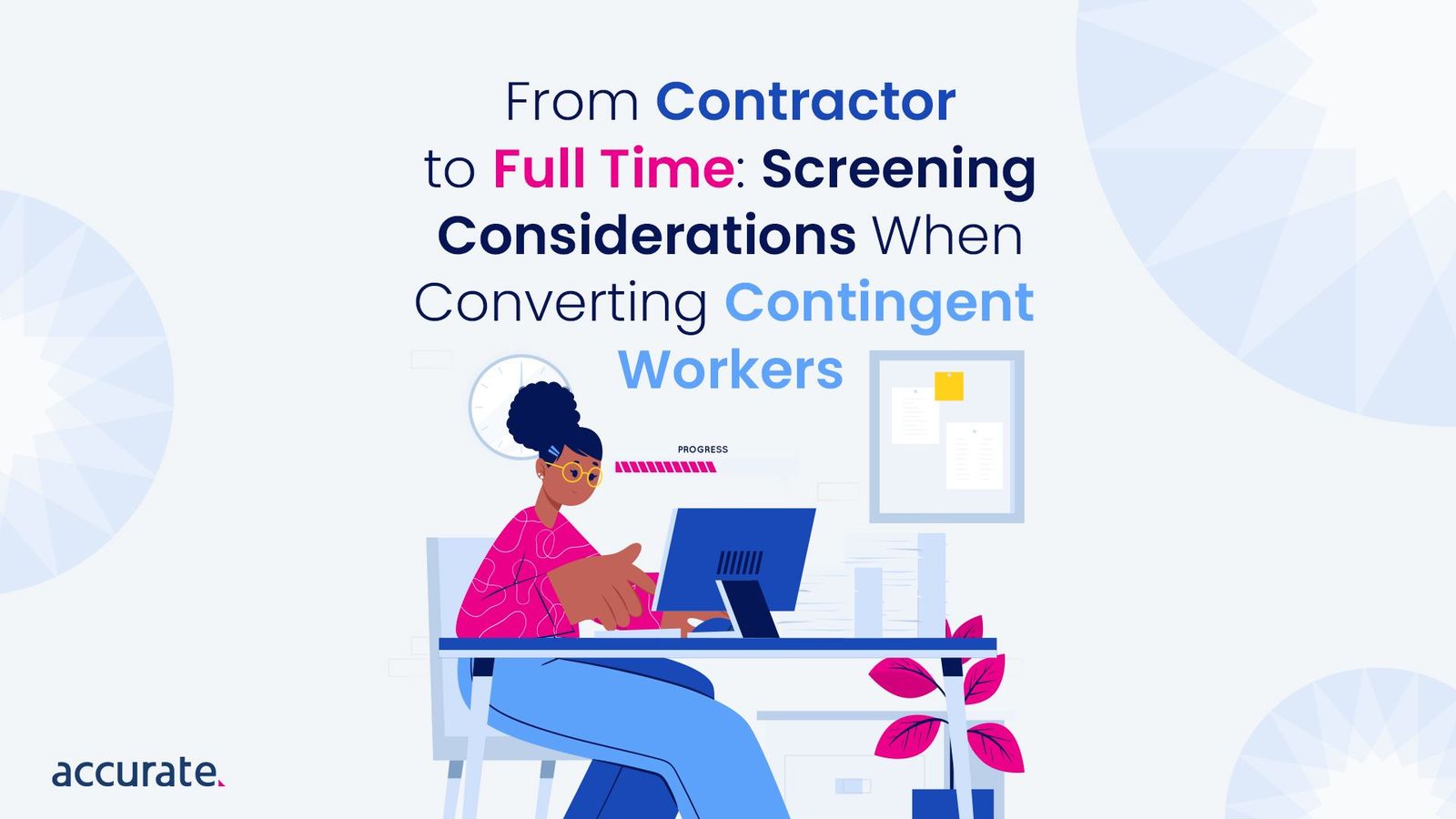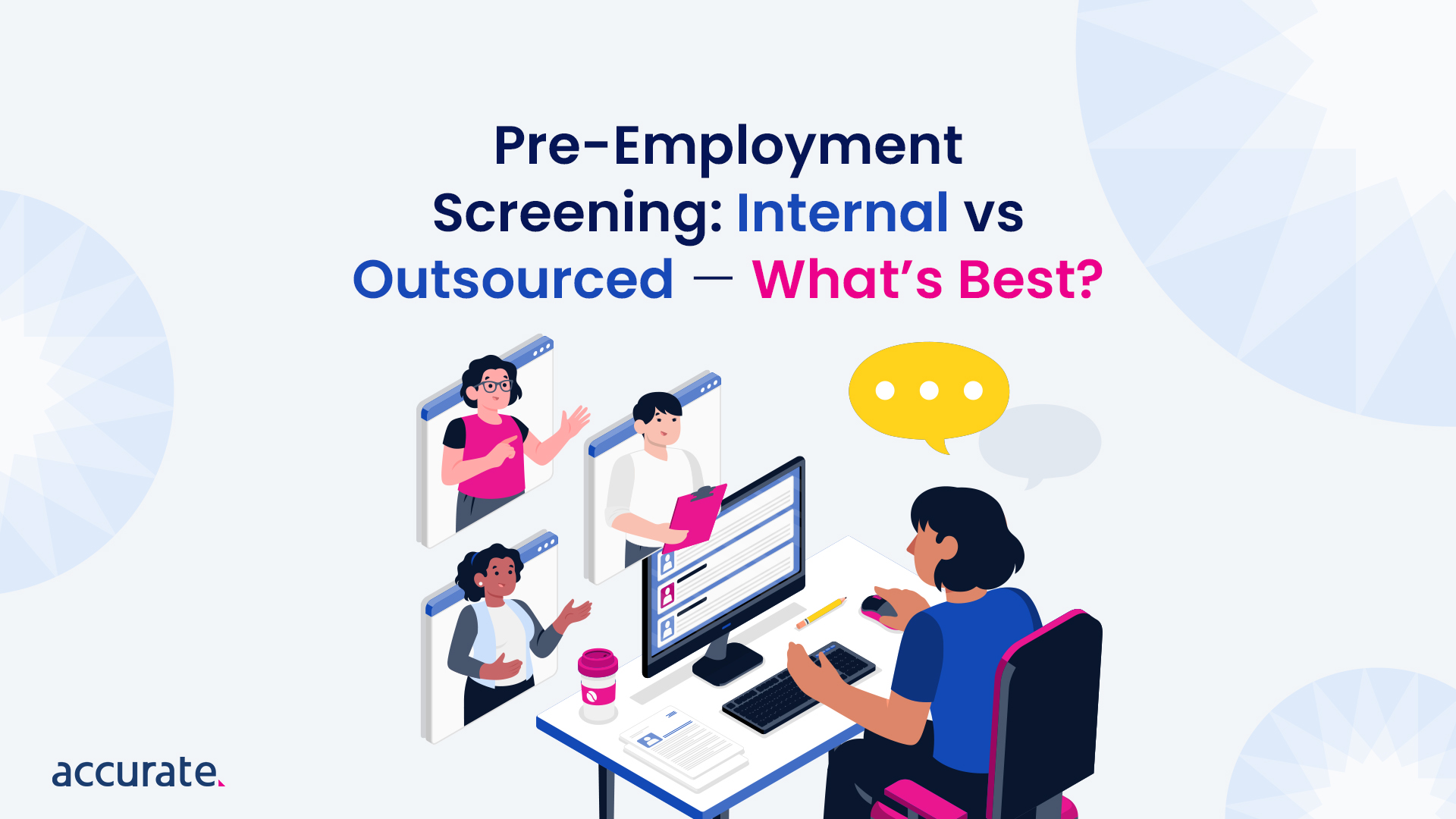Disclaimer: The contents of this article do not constitute legal advice, are not intended to be a substitute for legal advice and should not be relied upon as such. You should seek legal advice or other professional advice where appropriate in relation to any issues you or your organisation may be facing.
In recent years, the issue of gender equality in the workplace has gained significant attention in Australia.
The Workplace Gender Equality Agency (WGEA) has been at the forefront of this movement, working tirelessly to promote and improve gender equality for both women and men in Australian workplaces.
One key initiative the WGEA undertakes is the mandatory reporting of gender pay gaps by eligible employers. Since 2014, WGEA has published an aggregate total remuneration pay gap for private sector employers with 100 or more employees.
However, in 2024, a significant change was introduced – WGEA began publishing the gender pay gaps at individual private sector companies. This transparency allows the public to look up any private sector business in Australia with more than 100 employees and see its specific gender pay gap.
The overarching aim is to shed light on the persistent issue of pay inequality between men and women performing similar roles and to encourage organisations to take proactive steps towards closing these gaps.
With recent changes to the WGEA reporting requirements, it has become increasingly important for HR professionals and business leaders to stay informed and proactively navigate these new regulations.
Understanding the Changes
The WGEA has recently implemented significant changes to its gender pay gap reporting requirements, reflecting the growing importance of addressing pay inequality in Australian workplaces.
One of the most notable changes is the expansion of data collection requirements. Employers must now report on a broader range of workforce demographics, including additional categories such as age, cultural background, and disability status. This more granular data will enable a deeper understanding of the intersectional factors contributing to pay disparities.
Furthermore, the reporting requirements now encompass various remuneration components, including base salaries, bonuses, superannuation contributions, and other benefits. This comprehensive approach ensures that pay gaps are evaluated holistically, considering the various elements that make up an employee’s total compensation package.
Another key change is the publication of gender pay gaps for individual private sector companies in Australia. Previously, WGEA published an aggregate total remuneration pay gap for all private sector employers with 100 or more employees.
However, under the new reporting approach, you can now look up the specific gender pay gap for any private sector business in Australia with more than 100 employees. This transparency allows for a more granular understanding of the pay disparities within individual companies, rather than relying solely on an overall industry-wide figure.
Who is Affected by WGEA Gender Pay Gap Reporting?
The new WGEA gender pay gap reporting requirements have far-reaching implications, affecting various businesses and organisations across Australia. While the previous reporting obligations primarily targeted larger corporations, the updated rules have expanded the scope to include smaller and medium-sized enterprises.
Certain industries and sectors are likely to be particularly impacted by these changes. For example, traditionally male-dominated fields such as mining, construction, and manufacturing may face greater scrutiny due to the potential for more significant gender pay gaps.
Similarly, industries with a high concentration of female workers, such as healthcare, education, and hospitality, will also be under the spotlight to ensure pay equity across genders.
Remember that while the reporting requirements primarily target larger organisations, smaller businesses are not exempt from the need to address gender pay disparities.
Many smaller companies may voluntarily report their gender pay gaps or implement proactive measures to promote pay equity, as these practices can enhance their reputation, attract top talent, and foster a more inclusive workplace culture.
How Should HR Navigate the New Requirements?
For HR professionals tasked with ensuring their organisation’s compliance with the new WGEA gender pay gap reporting requirements, the process may seem daunting.
However, by following a structured approach and leveraging available resources, navigating these changes can be manageable and even present opportunities for positive transformation within the workplace.
Here’s a step-by-step guide to help you navigate the new reporting requirements:
- Data Collection: The first step is to gather comprehensive workforce data, including employee demographics, job classifications, remuneration components (base salary, bonuses, superannuation, etc.), and any other relevant information required by the WGEA. Ensure that your data collection processes are inclusive, accurate, and comply with privacy regulations.
- Data Analysis: Once you have collected the necessary data, it’s time to analyse it to identify potential gender pay gaps. This may involve comparing the average remuneration of men and women within the same job categories, accounting for factors such as experience, qualifications, and performance. Statistical analysis tools and expert guidance can be invaluable in this process.
- Reporting: With a clear understanding of your organisation’s gender pay gaps, you can begin preparing the required reports for submission to the WGEA. The agency provides an online reporting platform and detailed guidance materials. Ensure your reports are accurate, comprehensive, and submitted within the specified timeframes.
- Action Planning: After submitting your reports, developing an action plan to address any identified pay gaps is crucial. This may involve reviewing and updating your organisation’s remuneration policies, implementing pay equity audits, or developing targeted initiatives to support career advancement and leadership opportunities for underrepresented groups.
Throughout this process, you should ensure you’re leveraging the resources and support from the WGEA and other relevant organisations. The agency offers a wealth of guidance materials, online tools, and educational resources to assist employers in understanding and complying with the new requirements.
Implications for Businesses
The new WGEA gender pay gap reporting requirements have far-reaching implications for businesses across Australia. While compliance with these regulations may present challenges, it also allows organisations to foster a more equitable and inclusive workplace culture.
One of the primary challenges businesses may face is the increased administrative burden associated with data collection, analysis, and reporting processes. Gathering comprehensive workforce data, calculating pay gaps, and preparing detailed reports can be time-consuming and resource-intensive, particularly for larger organisations with complex remuneration structures.
However, this process also presents an opportunity for businesses to gain valuable insights into their workforce dynamics and identify areas for improvement. By thoroughly analysing their gender pay gaps, organisations can pinpoint specific job categories, departments, or levels where pay disparities exist, enabling targeted interventions and policy changes.
The new reporting requirements may also prompt businesses to review and update their workplace policies and practices related to remuneration, recruitment, and career advancement. This could lead to implementing pay equity audits, developing diversity and inclusion initiatives, and establishing mentorship or leadership training opportunities for underrepresented groups.
Compliance with the WGEA’s gender pay gap reporting requirements can also positively impact a business’s reputation and employer brand. Organisations committed to pay equity and gender equality are more likely to attract and retain top talent, as these values resonate with an increasingly socially conscious workforce and consumer base.
Furthermore, addressing gender pay gaps can improve employee satisfaction, engagement, and productivity. When employees feel valued and fairly compensated, they are more likely to be motivated, loyal, and committed to their organisation’s success.
While navigating the new WGEA reporting requirements may present challenges, businesses that embrace these changes and take proactive steps to address pay inequities will be well-positioned to reap the benefits of a more diverse, equitable, and inclusive workplace culture.
Key Takeaways
- The new WGEA rules have expanded the data collection requirements, capturing more workforce demographics and remuneration components. The threshold for businesses required to report has also been lowered to include smaller organisations.
- Complying with the new rules may present administrative challenges, but it also offers opportunities to gain insights, review policies, implement diversity initiatives, and enhance employer branding.
- Addressing gender pay disparities proactively can improve employee satisfaction, productivity, and the ability to attract top talent, as well as foster a more equitable and inclusive workplace culture.
- Rather than viewing the new reporting requirements as a burden, businesses should embrace them as a chance to drive meaningful progress towards gender equality and position themselves as leaders in this important issue.



